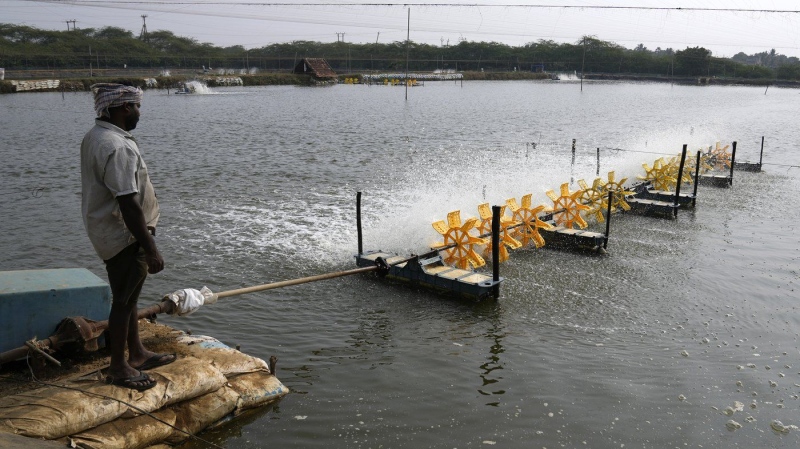India has emerged as the leading supplier of shrimp to the United States, accounting for a whopping 40 per cent of the shrimp consumed in the country. This is a remarkable achievement for a country that was once known for its poverty and underdevelopment. The credit for this success goes to the hardworking and resilient Indian shrimp farmers, who have overcome numerous challenges to become the top supplier to the world’s largest economy.
The journey of India’s shrimp industry to the top has not been an easy one. It has faced many obstacles, including fierce competition from other countries and the threat of modern-day slavery in the Thai seafood industry. However, it was the media reports, including an AP investigation, that exposed the harsh reality of modern-day slavery in the Thai seafood industry, which ultimately led to India’s rise as the leading shrimp supplier to the U.S.
The AP investigation, which was published in 2014, revealed the shocking truth of how thousands of migrant workers from Myanmar, Cambodia, and Laos were being forced into slavery on Thai fishing boats. These workers were subjected to inhumane working conditions, physical abuse, and even murder. The seafood caught by these workers was then exported to major markets, including the U.S., where it was sold to consumers unaware of its dark origins.
The media reports sparked outrage and led to a global movement to end modern-day slavery in the seafood industry. As a result, major retailers and seafood companies in the U.S. began to re-evaluate their sourcing practices and look for alternative suppliers. This is where India stepped in and seized the opportunity.
Indian shrimp farmers, who were already known for their high-quality and sustainable farming practices, saw this as a chance to showcase their products to the world. They ramped up production and invested in modern technology to meet the growing demand for shrimp in the U.S. market. The Indian government also played a crucial role by providing support and incentives to the shrimp industry, which helped it to expand and become more competitive.
Today, India’s shrimp industry is a shining example of how a country can turn a crisis into an opportunity. It has not only become the leading supplier to the U.S. but also to other major markets such as the European Union and Japan. This has not only boosted India’s economy but also provided employment opportunities to thousands of people in rural areas, where shrimp farming is a major source of livelihood.
Moreover, India’s success in the shrimp industry has also brought about positive changes in the seafood industry as a whole. The focus on sustainable and ethical practices has increased, and consumers are now more aware and conscious of where their seafood comes from. This has led to a shift towards responsible sourcing and has helped to eradicate modern-day slavery in the seafood industry.
India’s rise as the leading shrimp supplier to the U.S. is a testament to the country’s determination and resilience. It has shown that with the right policies, support, and hard work, any challenge can be overcome. The Indian shrimp industry has not only proven its mettle but has also set an example for other industries to follow.
In conclusion, India’s journey to becoming America’s leading shrimp supplier is a story of triumph over adversity. The media reports, including the AP investigation, played a crucial role in exposing the dark side of the seafood industry and paved the way for India’s success. The Indian shrimp farmers have not only provided high-quality and sustainable seafood to the U.S. but have also helped to bring about positive changes in the industry. This achievement is a source of pride for the country and a shining example of how a crisis can be turned into an opportunity.

